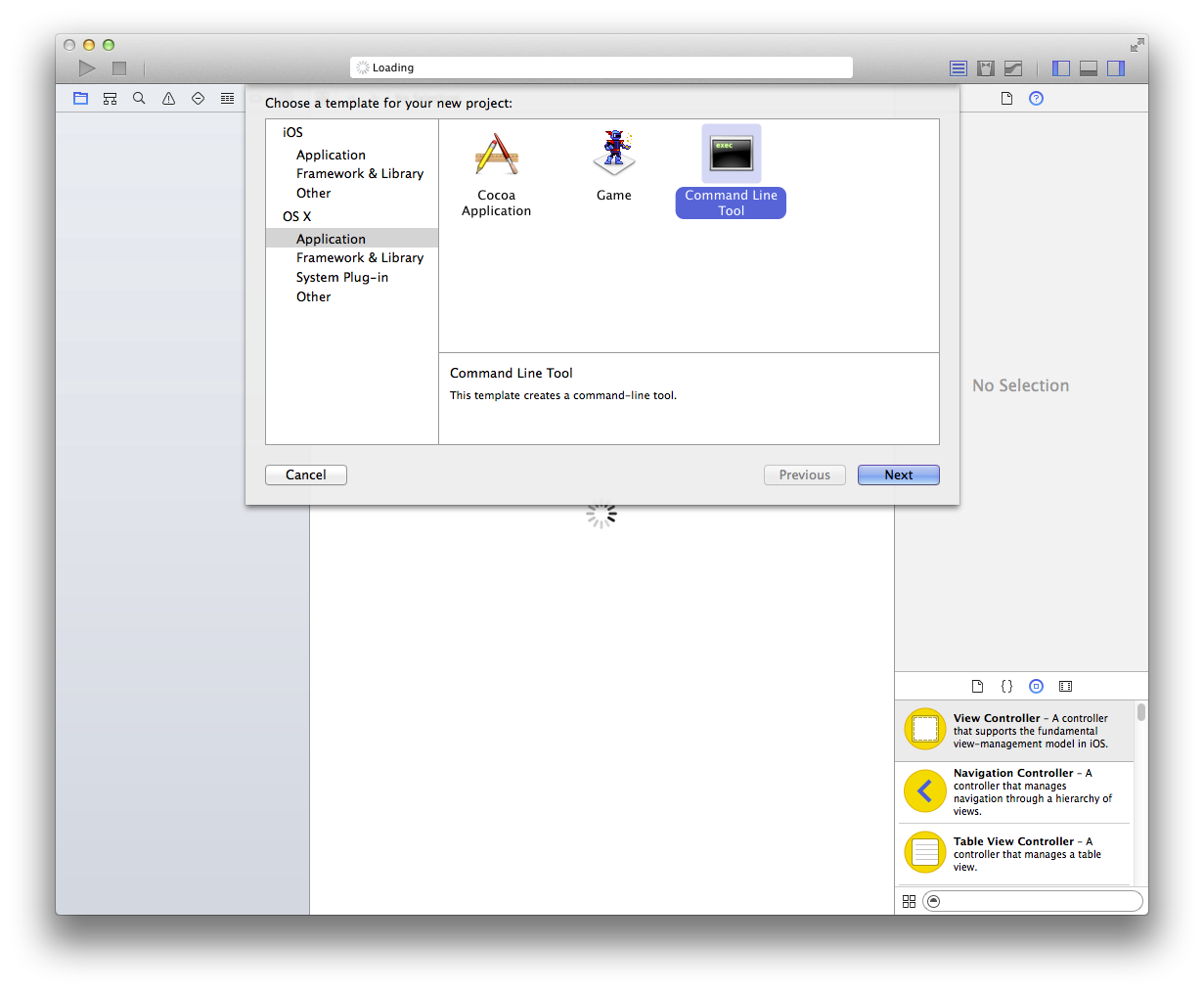Mac Os X Create Virtual Serial Port


General Requirements.: This virtualization suite is free, and though it doesn’t offer official support for Mac OS X, it works well enough. Mountain Lion bootable DVD: Unfortunately, the (which uses a paid copy of the Mountain Lion installer) doesn’t work with Virtualbox.
Instead, you’ll have to rely on pirated “bootable DVD” copies of Mountain Lion, also known as “distros”. I won’t go into details, but you can download these copies from about any bittorrent website (it’s about 4.5 GB in size). In the past, but iAtkos hasn’t updated for Mountain Lion yet, so I used the “OS X 10.8 Mountain Lion bootable DVD for Intel PCs”, by Olarila. /: Even though it’s called a “bootable DVD”, the Olarila version of OS X Mountain Lion still can’t boot in Virtualbox by itself.
To help Mountain Lion start, you’ll need to use Olarila’s Hackboot CD. There are three different versions of Hackboot; we’ll need to use two of them in this guide. “Hackboot 1” is for starting the Mountain Lion installer, while “Hackboot” 2 is for starting Mountain Lion itself.: You will need to use Multibeast 4.6.1, to set up the Mountain Lion virtual machine after the initial installation. While Multibeast 4.6.1 is an old version designed for Mac OS X Lion instead of Mountain Lion, in our case, it actually works better than newer versions of Multibeast. Registration is required on the tonymacx86 website to download this. Your virtual machine will now be created. But don’t stop now–you still need to change a few settings before your machine will actually work. Your new virtual machine will show up on the left column of the Virtualbox start page. Select your Mac OS X virtual machine (single-click) from the main page of Virtualbox, and open up the virtual machine settings.
Virtual Com Port Usb
Once the settings open up, go to “System” and uncheck the “Enable EFI” box. This is by far the most important single setting that you will need to change.
This completes the post-installation process for your virtual machine. Eject the Hackboot CD; you can do this by right-clicking the CD icon at the bottom right of your virtual machine, and unchecking Hackboot.

Then, restart your virtual machine. Mac OS X will now be able to boot normally and play audio.
Congratulations!Step 7: Make the screen biggerThough this step is optional, I still recommend you do it anyways. Anyways, when you first use your Mac OS X, you’ll probably notice one thing: your screen resolution is 1024×768. Since Virtualbox doesn’t “technically” support Mac OS X, there’s no official way to change this. But here’s how you can change it anyways. You can change “1920x1080x32” to whatever resolution best fits your monitor. For instance, if you want to use the 1600×900 resolution, type in “1600x900x32”. Once you’ve saved it, turn off the virtual machine.Next, open the Command Prompt in Windows (make sure you are logged into an Administrator account on Windows). You can do this by opening the Start Menu, and typing “command prompt” into the Start Menu search bar. Then, type the following command into the Command Prompt.cd “C:Program FilesOracleVirtualbox”This command will change the focus of the Command Prompt to the program folder for Virtualbox (if you installed Virtualbox somewhere different, then change the command to wherever you installed it).
Next, type in this command:vboxmanage setextradata “Name of virtual machine” “CustomVideoMode1” “1920x1080x32”This command activates “vboxmanage”, a command-line program included with Virtualbox that allows you to edit the properties of your virtual machine, including its built-in resolutions. Replace “Name of virtual machine” with the name of your virtual machine– you can find the name of your virtual machine in the left pane of the Virtualbox main window (in the screenshot below, my virtual machine is named “Mountain Mac 2”). Replace “1920x1080x32” with whatever resolution you’re using.
Attention, Internet Explorer UserAnnouncement: VMware Communities has discontinued support for Internet Explorer 7 and below.In order to provide the best platform for continued innovation, VMware Communities no longer supports Internet Explorer 7.VMware Communities will not function with this version of Internet Explorer. Please consider upgrading to Internet Explorer 8, 9, or 10, or trying another browser such as Firefox, Safari, or Google Chrome.(Please remember to honor your company's IT policies before installing new software!).